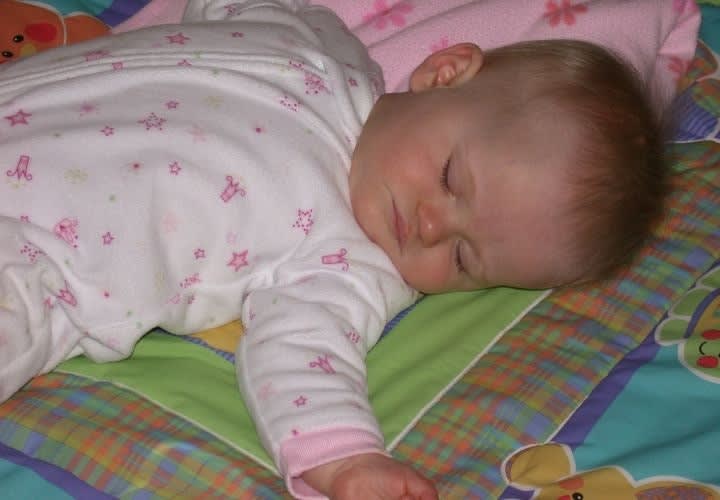We probably made it to the front door of the home in less than 60 seconds. As we ran up to the steps, we were met by the mother—her face tear streaked and contorted by the terror only a mother can feel, hysterically screaming, "My baby, my baby!" It didn't take us long to figure out that one, she didn't speak much English and two, something had gone seriously wrong in the back bedroom she was frantically guiding us to. The first thing I noticed on my way to that back bedroom was that the house was dark. The second thing I noticed was that the bedroom was even darker. My futile flipping up and down of various light switches revealed a third issue, none of the lights worked. All of the really good problems in law enforcement usually end up being a compilation of multiple issues, all of them destined to make your performance under pressure as difficult as possible. This one was no exception.
By the light of our handheld torch, we could see the young father had what looked like an eight-month-old baby lying on the bed on his back. He was clearly trying to do chest compressions, but each time he pushed down, the bed compressed rather than the baby's chest. The scene was chaotic. The mother alternated between screaming and asking us if her baby was dead. The father was not responding to our repeated shouts to move the baby to the floor, and we both knew rescue folks were going to be at least five minutes out. When it was clear that the father was beyond hearing or understanding what we were trying to tell him, Eric just reached over and grabbed the kid and moved him to the floor. As he dropped down with the child I looked up and, for a second, stared straight into the father's eyes. He was done. Neither one of us had to say a word. The message was clear; his eyes were filled with the desperation and fear that any father would feel in that situation. He looked into my eyes and I read the plea, "Save my baby!"
With a certain mental shock, I realized it was game time. I dropped down and while Eric began compressions, I began mouth to mouth. Breathing for someone else is an almost surreal experience. Like most officers, I've had department CPR training every few years, but the differences between training on a mannequin and suddenly being confronted by the demands of saving an eight-month-old baby are stark. My brain was in overdrive: Am I doing it right? Is it 15 compressions to two breaths or 30 to two? Do I have a good seal over the nose and mouth? Am I blowing too hard?
In the end, we both did what countless cops before us have done, and many more after us will have to do in similar traumatic situations; we did the best we could. We both dropped down to our knees on that darkened bedroom floor and tried to save a life.
The next five to 10 minutes was a hazy recollection of breathing and compressions, intermingled with the sobs and tears of two hysterical parents, praying to God that these two strangers in blue would do what all cops everywhere are expected to do: make everything OK again. It was the longest five to 10 minutes of my life. Eventually, the fire folks showed up. In a whirlwind of tubes and equipment and bustling bodies, they hooked that young struggling life up and whisked him off to the nearby hospital.












